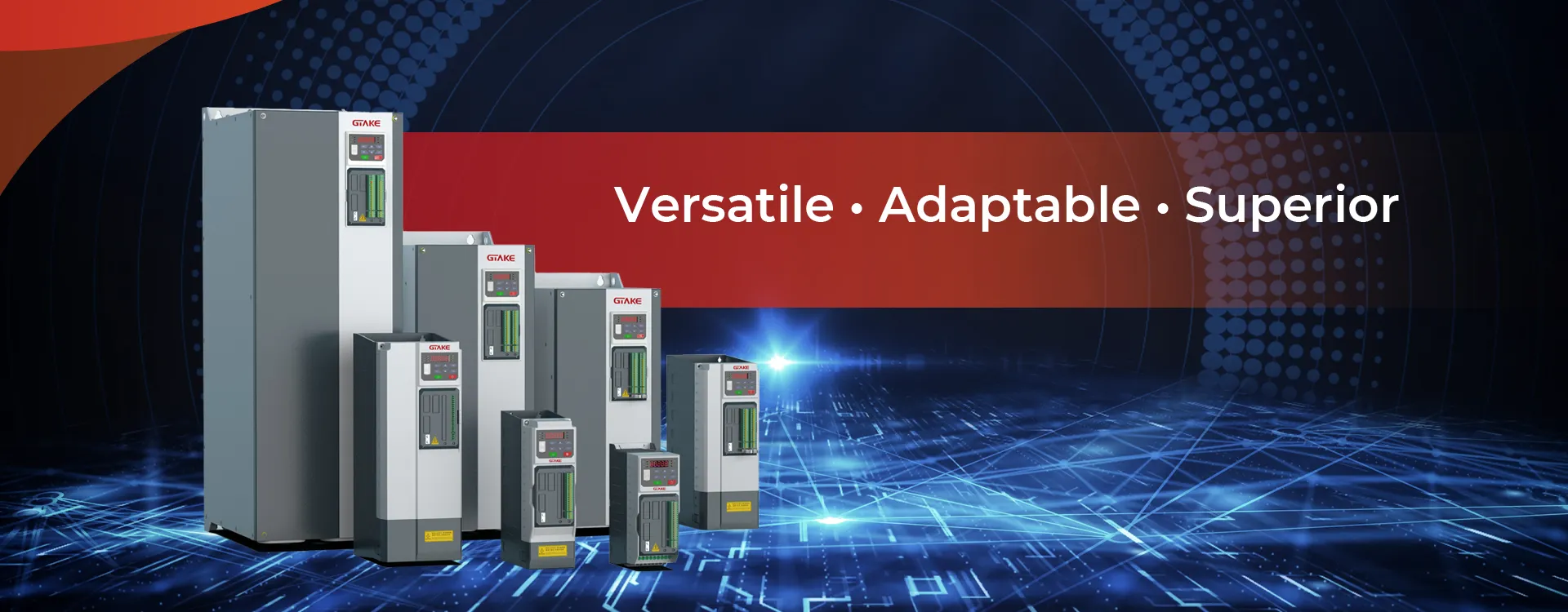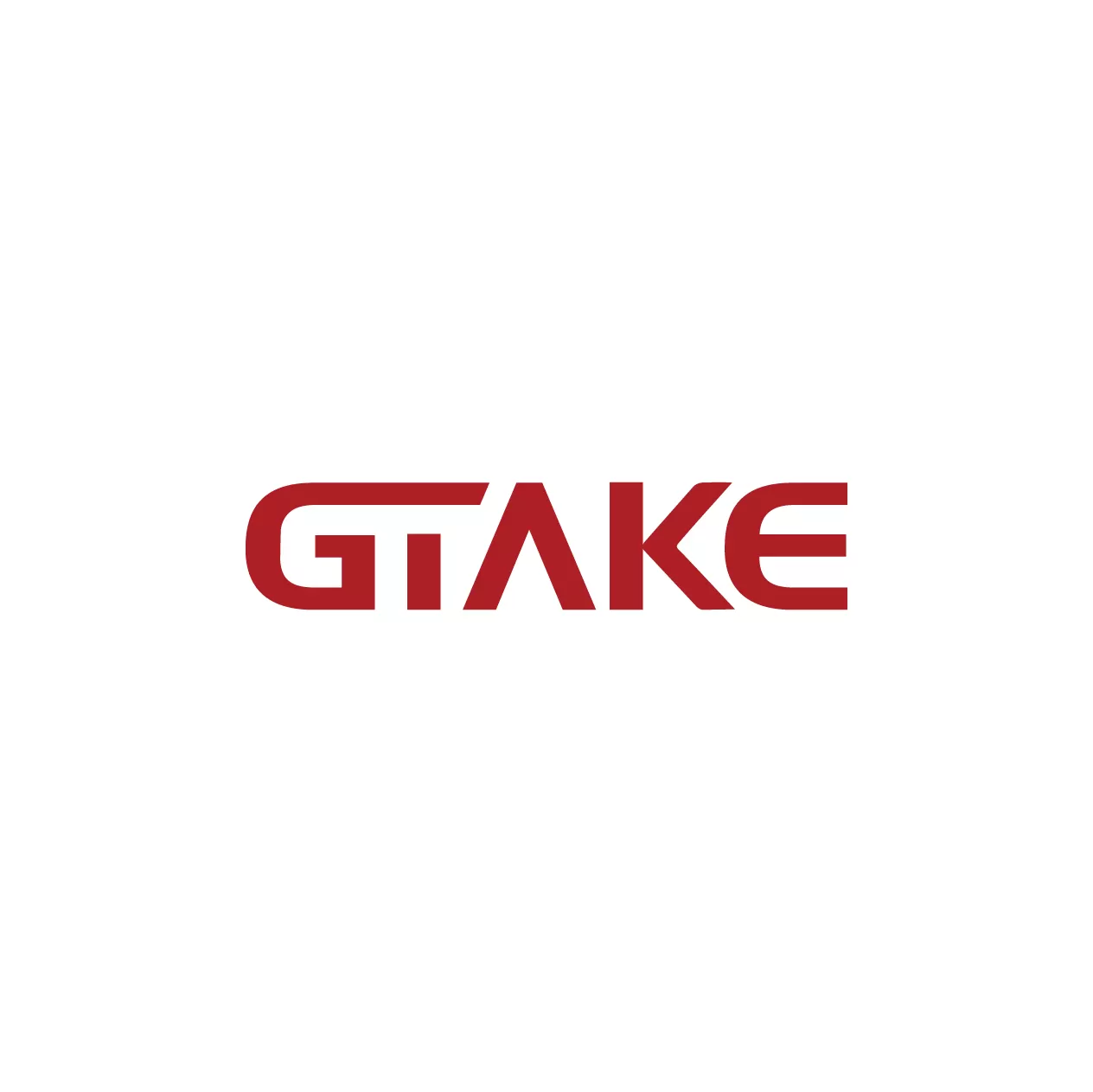
GTAKE specializes in designing and producing innovative AC drives (also known as variable frequency drives), electric vehicle motor controllers, bidirectional DC sources, and test rigs with advanced control algorithms and cutting-edge technology, delivering optimal performance and reliability for industrial automation and new energy applications.
A Variable Frequency Drive (VFD) Inverter is a powerful device used to control the speed and torque of an electric motor by adjusting the frequency and voltage of its power supply. It combines the functionality of both a frequency converter and an inverter, making it an essential tool for applications requiring precise motor control and energy efficiency.
This article will explore what a VFD inverter is, its key components, benefits, and applications in various industries.
A Variable Frequency Drive (VFD), also known as a Variable Frequency Inverter, is an electronic device that regulates the speed and torque of an AC motor by altering the frequency and voltage of the power delivered to the motor. The VFD inverter accomplishes this by converting the AC power supply into DC (using a rectifier), then converting the DC back into variable frequency AC using an inverter section, hence the term “inverter.”
By adjusting the motor’s operating frequency, the VFD inverter enables precise control over the motor’s speed and torque, making it ideal for applications where energy savings, smooth acceleration, and precise motor control are essential.
1. HVAC Systems: VFD inverters are widely used in HVAC systems for controlling the speed of fans and pumps. They help maintain optimal airflow and pressure while reducing energy consumption. For instance, they can adjust the fan speed based on the temperature or airflow requirement, leading to significant energy savings.
2. Water Treatment Plants: In water treatment plants, VFD inverters control the speed of pumps that manage water flow. By using a VFD inverter, these pumps can run at variable speeds, which optimizes energy use based on the water demand. This also reduces wear and tear on the pumps, prolonging their lifespan.
3. Conveyors and Material Handling: VFD inverters are essential in conveyors and material handling systems where motor speed needs to be adjusted to accommodate changes in load. The flexibility provided by the VFD inverter ensures smooth operation and reduces energy consumption during periods of low demand.
4. Industrial Automation: In automation systems, VFD inverters are used to control the speed of various industrial machines, such as motors in CNC machines, presses, and packaging equipment. The ability to fine-tune motor speed allows for higher precision and better performance in these applications.
5. Pumps and Fans: In pumps and fans, VFD inverters allow for energy-efficient operation by adjusting the motor speed to match the required flow or pressure. For example, in a water pumping system, the VFD inverter can slow down the pump when full capacity is not needed, thereby saving energy.
The primary way a VFD inverter improves energy efficiency is by matching motor speed to the load requirements. This is particularly important in systems like pumps, fans, and compressors, where traditional motors run at constant speed regardless of the load. By using a VFD inverter, the motor speed can be reduced when full capacity is not needed, resulting in significant energy savings.
For example, in a pump system, if the flow rate can be reduced by using a lower speed, the energy consumption can be significantly reduced. In fact, by reducing the motor speed by just 20%, energy consumption can drop by as much as 50%. This level of energy savings makes VFD inverters an attractive option for industries looking to cut down on operational costs.
While both VFD and VFD inverter serve the same basic function—controlling the speed and torque of an AC motor—the key difference lies in the power conversion process.
Thus, the term VFD inverter highlights the two-stage conversion process (AC to DC, and back to variable AC), which allows for more precise control and broader applicability in motor control applications.
When selecting a VFD inverter, it is important to consider several factors, such as:
A Variable Frequency Drive Inverter plays a crucial role in modern industrial systems by providing precise motor control and significant energy savings. With their ability to adjust the speed and torque of AC motors based on load demand, VFD inverters improve operational efficiency, reduce wear and tear, and lower energy consumption. Whether you’re in manufacturing, HVAC, water treatment, or any other industry, a VFD inverter is an indispensable tool for optimizing performance and enhancing energy efficiency.
